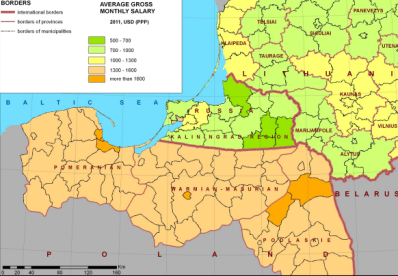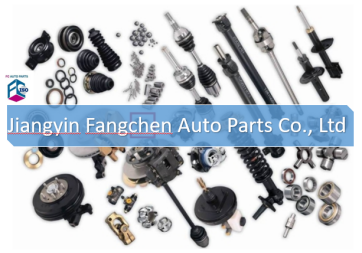Industry News
Russian auto parts are in a hurry this year
Russian auto parts are in a hurry this year
Over the years, Russia's economy and exchange rate have largely determined the direction of the auto market. Due to the conflict between Russia and Ukraine, the Russian automobile economy has been greatly affected, and at the same time, the devaluation of the ruble will restrain automobile consumption, and will also have a certain impact on Chinese brands exported to the Russian market.
At present, many car companies have suspended their business in Russia. Volkswagen, Audi, Mercedes-Benz, BMW, Renault, General Motors and Ford have announced that they will stop exporting cars to Russia. In addition, Toyota has also closed its factories in Russia.
According to foreign media reports, Renault, the holding company of Russian local automaker Avtovaz, said it will suspend some operations at its car assembly plant in Russia due to parts shortages and transportation difficulties. “Almost all European car companies have stopped exporting cars to Russia, and their car business in Russia is also suspended. At present, Chinese brands, Stellantis and local Russian brand UAZ (a brand of the Sollers Group) are still operating.” Sergey Burgazliev said The first financial reporter said.
Russian auto parts are dependent on imports, and the conflict between Russia and Ukraine makes the supply of auto parts face challenges. A report released by Shanghai Beidou Exhibition Co., Ltd. shows that about 35~37% of auto parts in Russia are produced by themselves, while the market share of imported auto parts is relatively high, fluctuating between 63% and 65%. Taking 2019 as an example, the main importers of Russian auto parts are Germany, Japan and China. Russia has a large demand for products such as engines, body parts, and lights. In recent years, parts made in China have become one of the most popular parts.

In addition, it is worth noting that the Russian auto parts market is divided into two parts: the primary market and the secondary market. Parts sold in the primary market (OEM) are used to manufacture cars in factories, while parts sold in the secondary market (auto market) are sold in car shops. In other countries, the primary market dominates, while in Russia it is the secondary market, which is dominated by spare parts for Russian cars.
An executive in charge of Chinese brand business in the Russian market said in an interview with a reporter from China Business News that Russia has not given sufficient support to its own auto industry, missed the golden period for the development of the auto industry, and the auto parts supporting system has not developed. stand up. Most of the interiors and electronic components of Russian auto parts are made in China, and many other parts and components are also dependent on other countries. Due to the supply problems of the Russian automobile industry chain, the development of the automobile industry is also going backwards.

Sergey Burgazliev told reporters that the localization level of Russian cars is very low, and almost all automakers' parts and components are largely dependent on imports. Logistics outages have prevented some European car companies from exporting to Russia in the form of SKD/CKD. "Russia's auto parts are facing great difficulties. About 70~80% of the parts of Russian passenger cars are still imported, and the supply of some parts may be interrupted due to exchange rate and logistics factors. At present, Russian auto parts Suppliers still have some inventory, but only for 3-4 weeks," Sergey Burgazliev told reporters.
At present, the Russian ruble has depreciated sharply, and fluctuations in the exchange rate will also have an adverse impact on the development of the automotive industry. To a certain extent, the growth of the auto market depends on the stability of the exchange rate and the economy. Since some cars in the Russian auto market are imported, and at the same time, most of the parts and components of vehicles produced in Russia are imported, the depreciation of the ruble may lead to an increase in import costs, which in turn makes the price of cars denominated in rubles rise significantly, which will inhibit the consumption of the auto market. In addition, consumer credit rates have increased, which will also dampen consumer confidence.
At present, many Chinese brands such as Great Wall Motors, Geely, Chery and Changan have established related businesses in Russia. Among them, Great Wall Motors invested the most in the Russian market and established factories for localized production. According to Autostat, a Russian auto industry analysis agency, in 2021, China will export a total of 123,000 vehicles to Russia, with a market share of nearly 7%. The export value has increased by nearly 400% in five years, from 500 million US dollars to about 2 billion US dollars.
Sergey Burgazliev told reporters that changes in the exchange rate will have a great impact on Chinese brands, but judging from the current reaction, Chinese car companies are still more positive towards the Russian market.
Reprinted: Sina Finance
